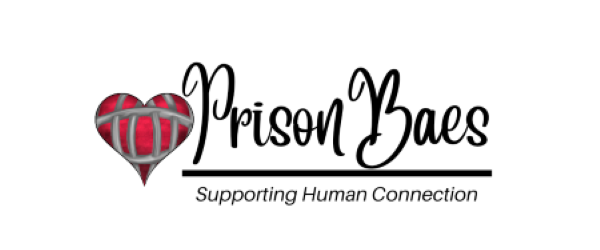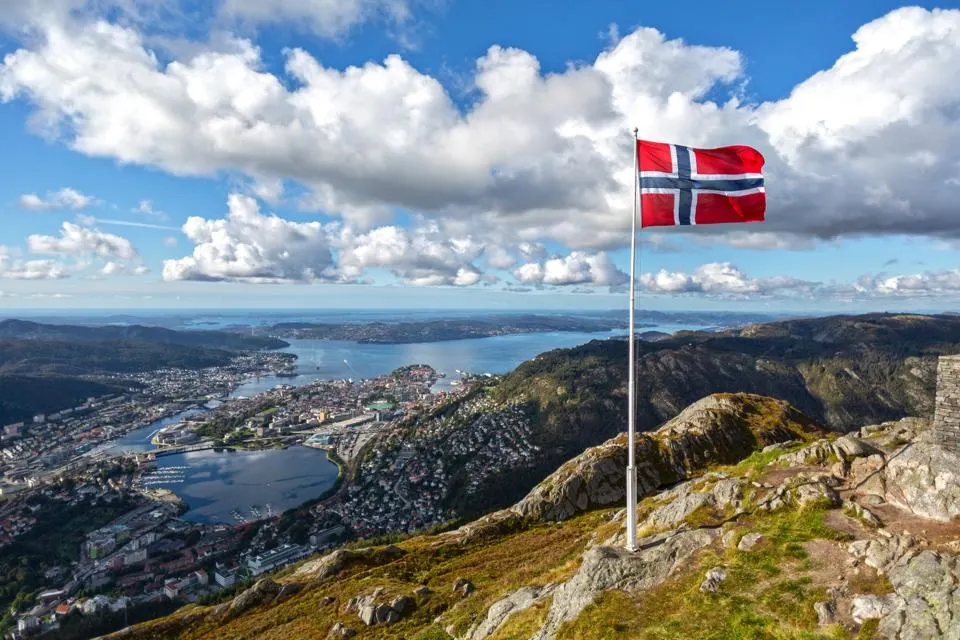In the U.S., recidivism rates remain a significant challenge, with many individuals who have been released from incarceration struggling to successfully reintegrate into society. This often leads to a cycle of reoffending and reincarceration. Innovative programs and resources are being implemented in various states to support released prisoners in the reentry process, including job training programs, technological skills training, and creative arts programs. These initiatives aim to equip individuals with the necessary skills and support to reintegrate into society and find employment, ultimately reducing recidivism rates and enhancing public safety.
On the other hand, Norway’s approach to rehabilitation and maintaining a low recidivism rate serves as a model for the rest of the world. The country’s prison system focuses on rehabilitation and reintegration into society, with a strong emphasis on maintaining relationships with family and friends by locating inmates close to their homes. Norwegian prisons, such as Halden Prison and Bastoy Prison, provide luxurious amenities and incentives for prisoners to stay engaged in activities that promote positive behavior. The country has also eliminated life sentences and replaced them with maximum 21-year sentences.
As a result of these rehabilitative efforts, Norway boasts one of the lowest recidivism rates globally, with only 20% of formerly incarcerated individuals committing another crime within two years of release. This approach not only benefits public safety but also the economy, as more capable adults are available for employment. Norway’s success can be attributed to its focus on maintaining prisoners’ humanity and treating them as valued members of society.
Implementing Norway’s prison system in other countries, including the U.S., may face challenges due to the need for widespread support and significant funding. Despite these obstacles, some states in the U.S., like Oregon and North Dakota, have begun to adopt policies inspired by Norway’s approach to rehabilitation and reintegration.
External sources:
1. “Rehabilitation Lessons from Norway’s Prison System” (https://www.firststepalliance.org/post/norway-prison-system-lessons)
2. “Norway’s Prison System: Investigating Recidivism and Reintegration” (https://digitalcommons.coastal.edu/cgi/viewcontent.cgi?article=1032&context=bridges)
3. “How Norway turns criminals into good neighbours” (https://www.bbc.com/news/stories-48885846)
* The beliefs, opinions, values, and perspectives expressed/shared by our guests, interviewee’s, and guest blogger’s are indeed their own and not that of PrisonBaes LLC, their affiliates, and employees.
Connect With Us:
FB: PrisonBaes LLC
IG: @_prisonbaes_
TikTok: @prisonbaes
Please, Leave Some Feedback:
What should I talk about next? Make sure you let me know in the comments below!
Don’t forget to help us grow by recommending, sharing, rating, and most importantly subscribing!
Did you enjoy this entry? If so, please leave a short review.

